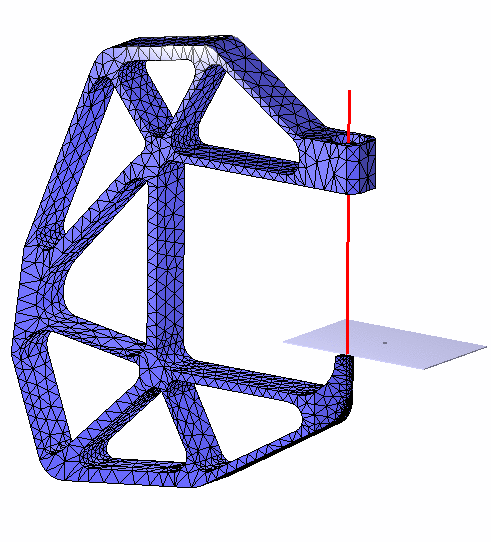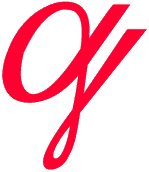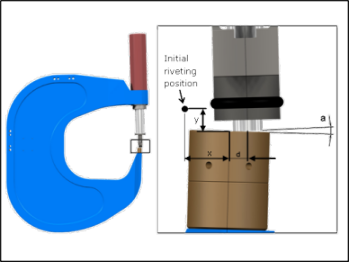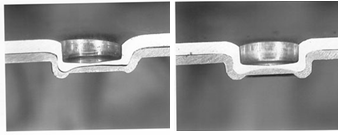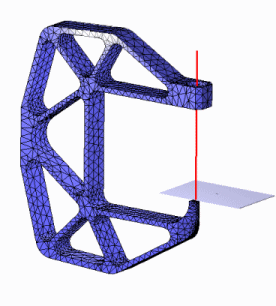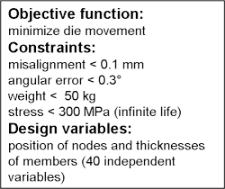ACF - Aligned C-Frame
ACF is a
new type of C-frame(tool holder) for different types of joining
applications such as self piercing riveting(SPR) and clinching. The
lightweight aligned C-frame (ACF) increases mobility and productivity and is
well suited for automated processes.The ACF
is designed using a combination of modern finite element
structural optimisation. Below an example of a conventionel
C-frame is showed together with an illustration of different occuring process errors
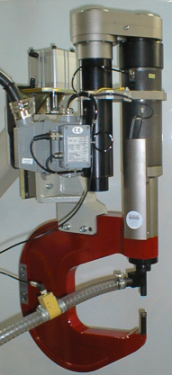 |
|
|
Optimisation of an ACF |
|
First step is formulate the optimisation problem,
i.e which objective, constraints and design space we have to deal
with. |
|
Initial FE model, deformations amplified x10 |
Optimisation formulation |
Definition phase
 1. Include analysis |
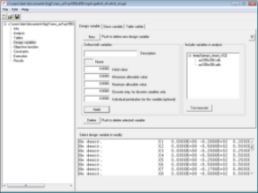 2. Define design variables |
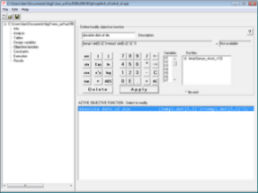 3. Define objective function |
 4. Define constraints |
The mesh morphing
phase
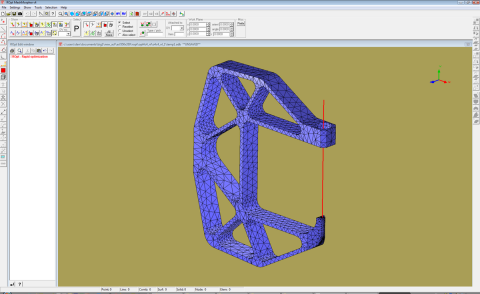 Import model to the morpher |
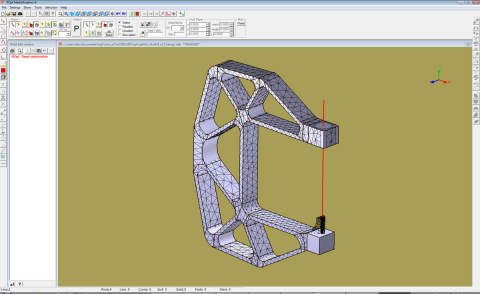 Create morphing geometry (grey) |
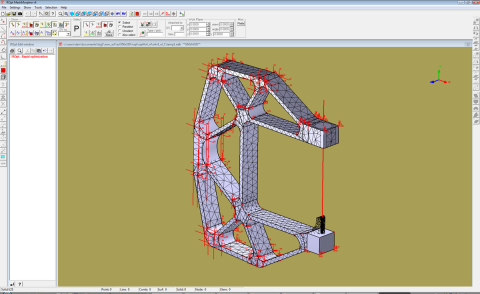 Add design varibles to morphing geometry and link to nodes |
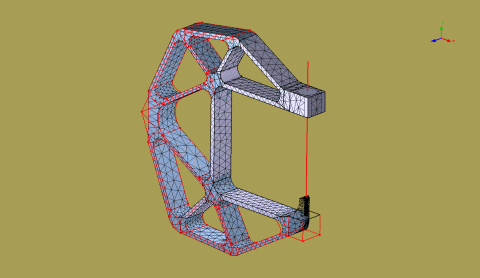 Testing, some selected variables varies between it's limits |
Final FE model, deformations
amplified x10
Solution
phase

Start executions

and follow how the optimisation
proceeds
Postprocessing phase
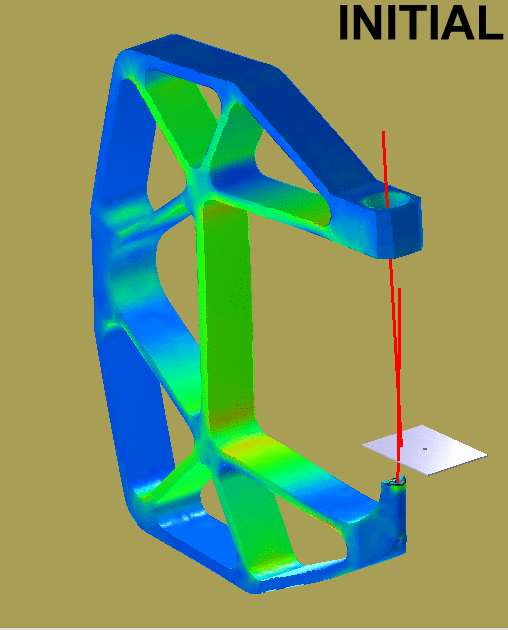
Optimisation history, deformations amplified x10 and geometry changed through out
optimisation. The die movement (objective function) is very small and all constraints
was feasible after the optimisation.
